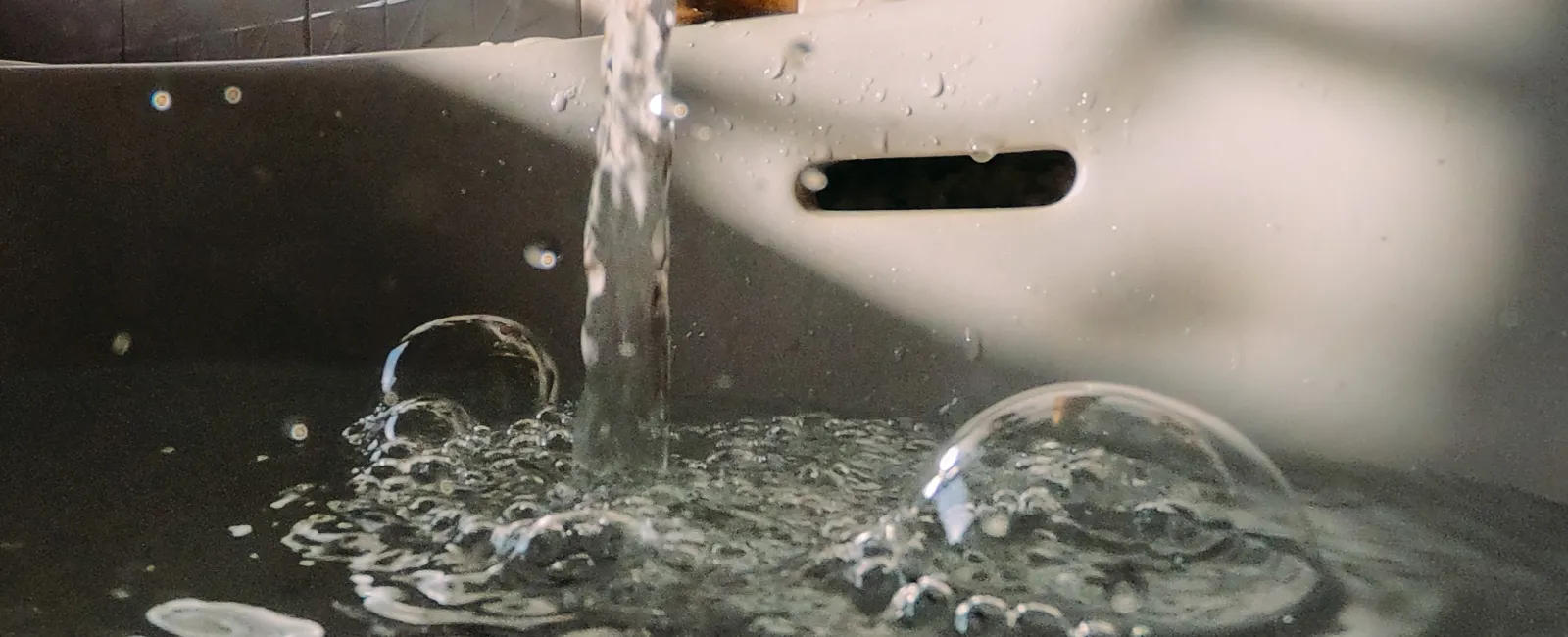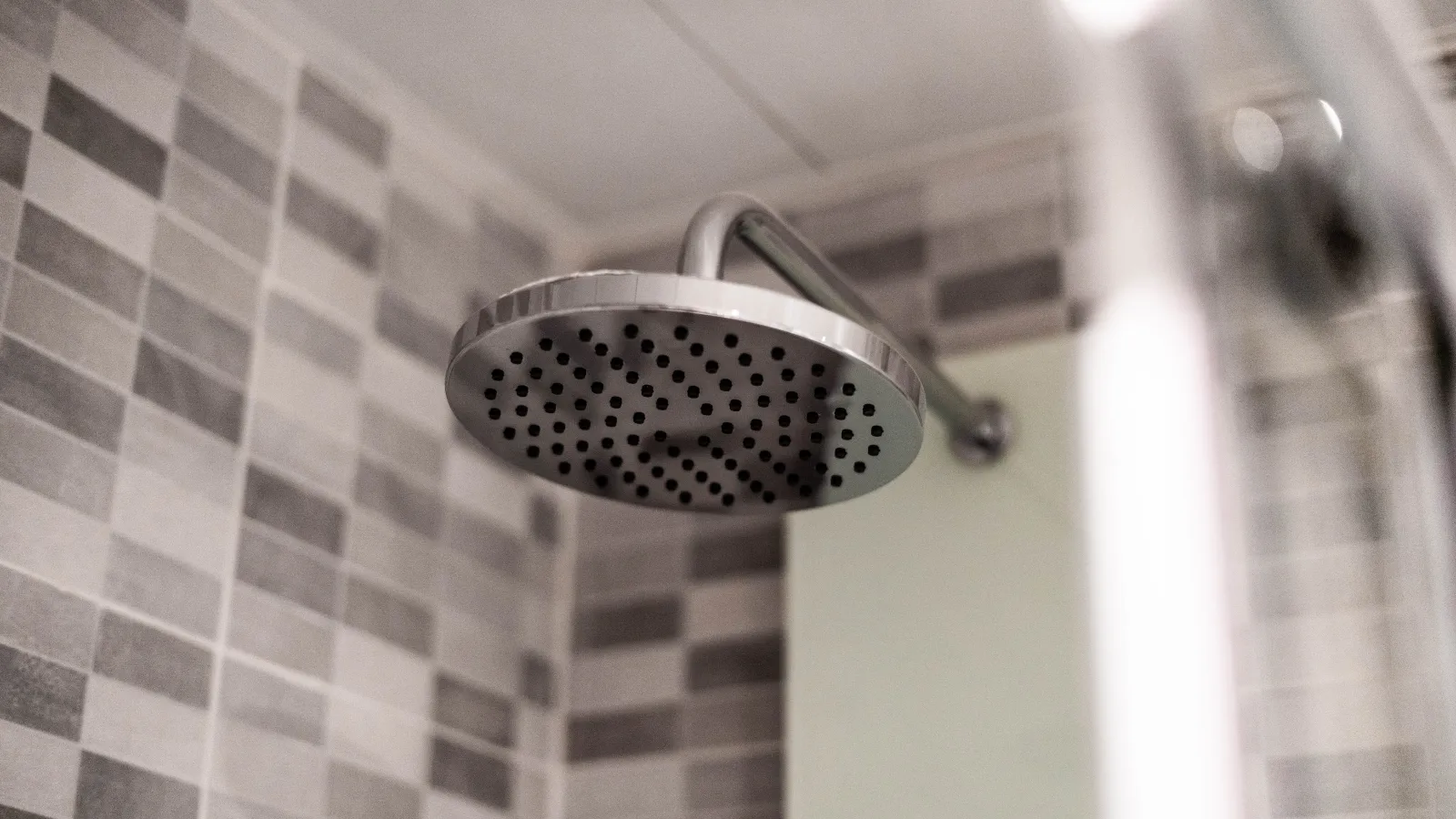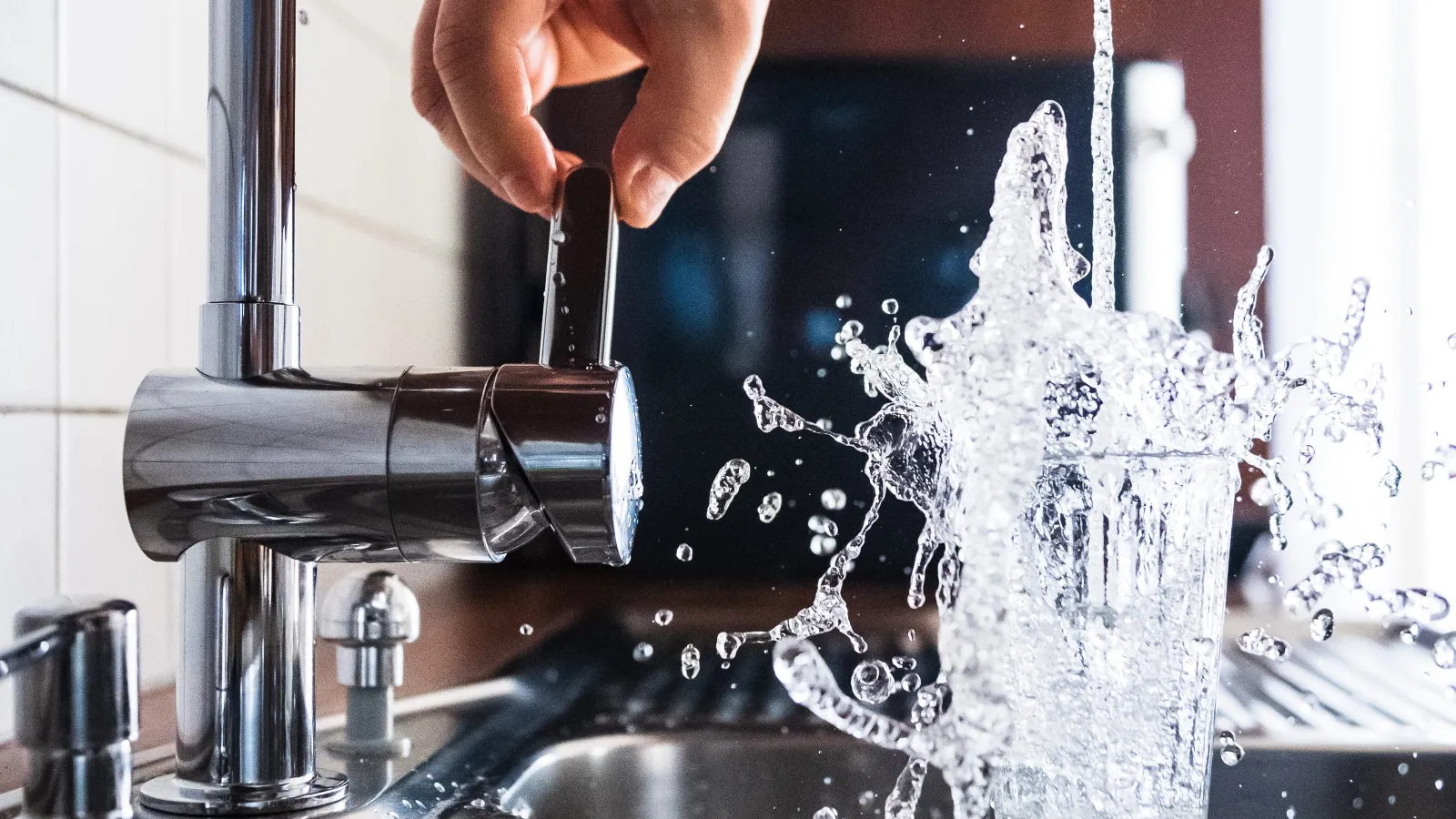Whole House Water Filtration
Are you thinking about installing a water filter on your kitchen faucet? You may want to go even further than that and opt for a whole-house water filtration system instead. Water quality dictates health, and poor water quality can pose a significant health risk. Rain and snow runoff from roads and roofs can carry toxic chemicals and organisms. The best way to protect your Atlanta home from contaminants is to use a water filter.
Every day, we are exposed to a wide range of pollutants. Manufacturing, transportation and agriculture are major contributors to the pollution of air and water. Installing a whole-house water-filtration system can help reduce the amount of contaminants you and your family are exposed to. A whole-house water filtration system provides clean water for everyday household uses, such as bathing, cooking, drinking and laundry.
Filtration At A Glance
Higher-end water-filtration systems are capable of removing over 30 contaminates and carcinogens from drinking water. It is important to evaluate the many kinds of whole-house filtration systems — from inexpensive, do-it-yourself set-ups to more involved versions that require professional installation. Filter-replacement schedules and maintenance procedures will vary significantly among models. Home-improvement centers sell a variety of inexpensive, simple water filtration systems for removing sand, sediment and iron. You can install many of these yourself. Larger, more involved systems that remove significantly more contaminants are available through plumbing contractors and water equipment wholesalers. Consulting a professional before purchasing a whole-house system ensures that you get the quality of water you desire.
The savings you can expect from purchasing a whole-house system compared to purchasing bottled water is substantial. According to the Mayo Clinic, a person should drink about 64 ounces (half a gallon) of water a day. A whole-house filtration system produces clean drinking water for just pennies per gallon.
A home water-filtration system also can benefit the environment by reducing the amount of plastic water bottles discarded. Every year, consumers in the U.S. alone purchase roughly 30 billion bottles of drinking water, which require 32 million barrels of oil to produce and transport to stores. Only about 25 percent of these bottles is recycled; the rest wind up in our rivers, lakes, oceans and landfills. This statistic becomes even more alarming when you take into account that it may take 100 years for a plastic bottle to decompose.
How You Benefit From Filtration
Filtration that operates via reverse osmosis removes harmful contaminants from drinking water, but it can also remove essential minerals too, like calcium. As a result, the water's pH level decreases. A high-quality filter will include a second step, moving the water through a carbon filter of some sort and raising the pH level. Drinking water with a balanced pH may promote health benefits.
Using filtration on other faucets in the home, including the shower, bath and bathroom sinks, provides cleaner water for hygienic purposes. Pure water is not as harsh on the skin. Water that contains chlorine and other chemicals will lead to drier skin. Clean water is easier on hair, too. When bathing with clean water, your hair won't sustain the damage that comes from washing it with chlorinated and chemical-laden water. Removing chlorine from the home's water offers significant benefits, as some reports link the use of chlorine with increased cancer risks, heart issues and senility. Filtration systems that address mold and mineral buildup in pipes can aid those who suffer from allergies. When you use filters, your tubs and sinks will be easier to clean because less rust and minerals will be released from the pipes. Using pure water for the entire household prevents contaminants from harming dishwashers, washing machines, coffee makers and any other appliances that use water.
The Benefits of UV Purification
Pairing a UV Light system with your whole house filtration is the ultimate way to guarantee clean water, especially during a boil advisory. Where a regular filtration system is great for removing small particles, it misses the mark for removing harmful bacteria, like Giardia parasite. That's where a UV light system comes in. The incoming water passes through the powerful rays of UV light, scrambling the DNA of bacteria, and rendering them harmless. However, it is important to verify that your UV system has the power requirements to kill all incoming bacteria and matches your water flow rate.
For optimal removal of contaminants, consider a whole-house water filter that works on removing harmful chemicals and minerals the moment that water enters your home. In this way, you'll protect your home's plumbing pipes, the water coming out of your sinks for drinking and hygienic purposes will be clean, and your appliances that use water will stay clean, too.
For more information about water filtration, contact the plumbing experts at RooterPLUS!



